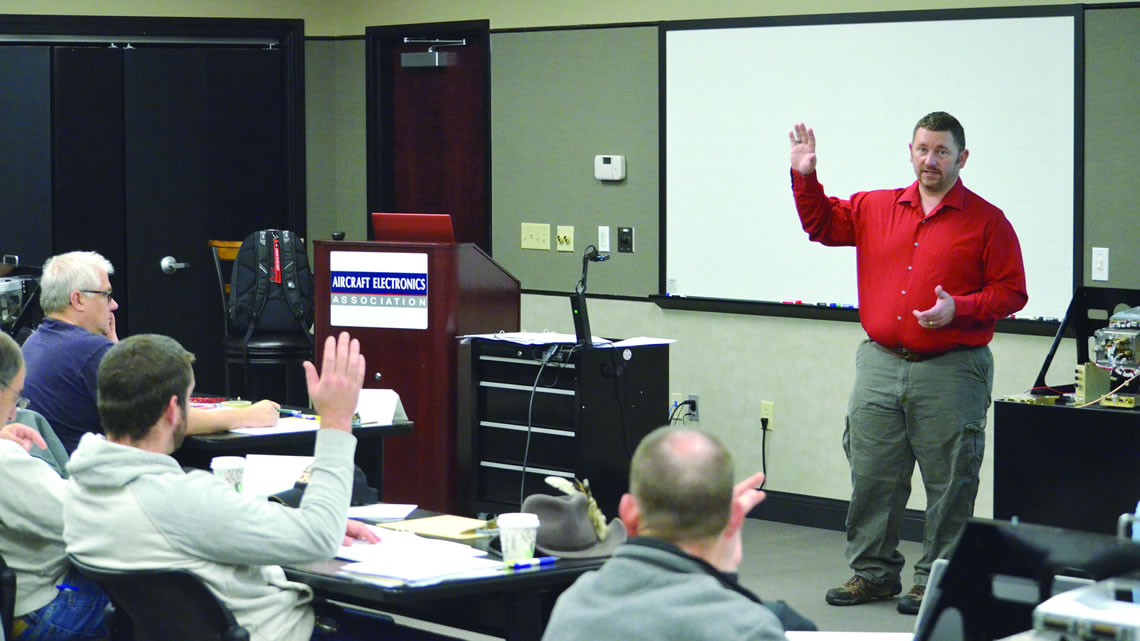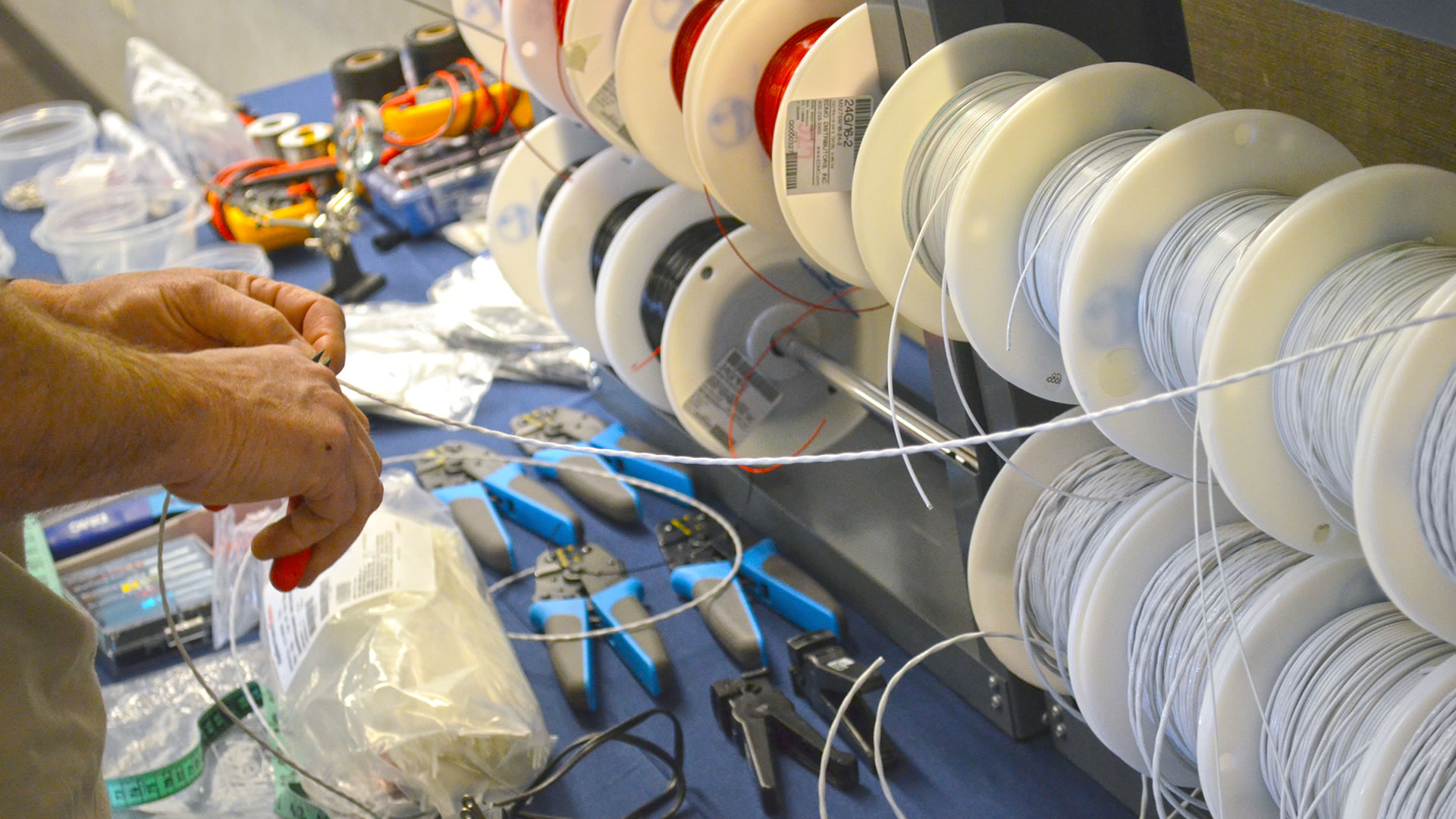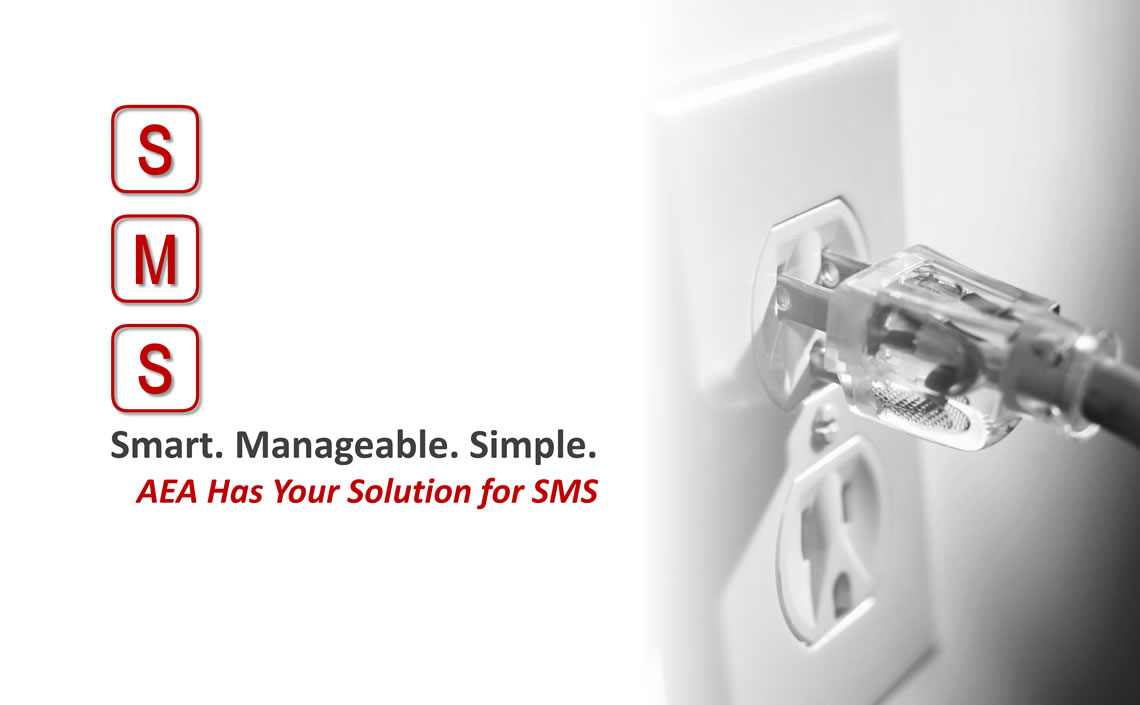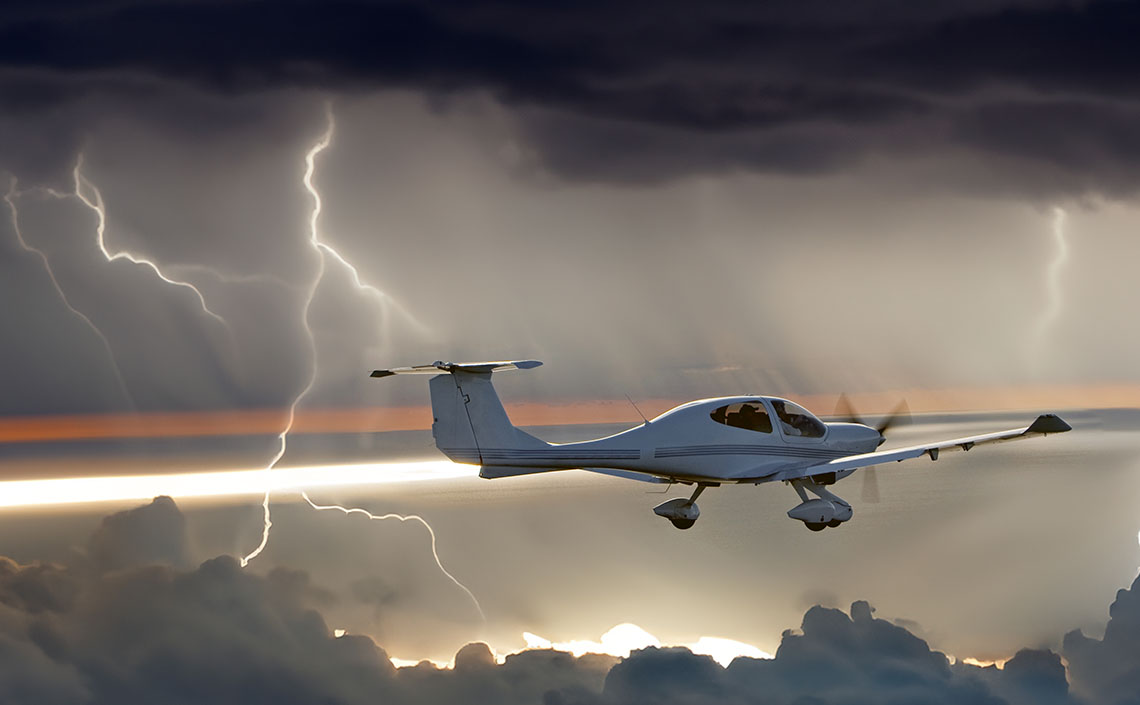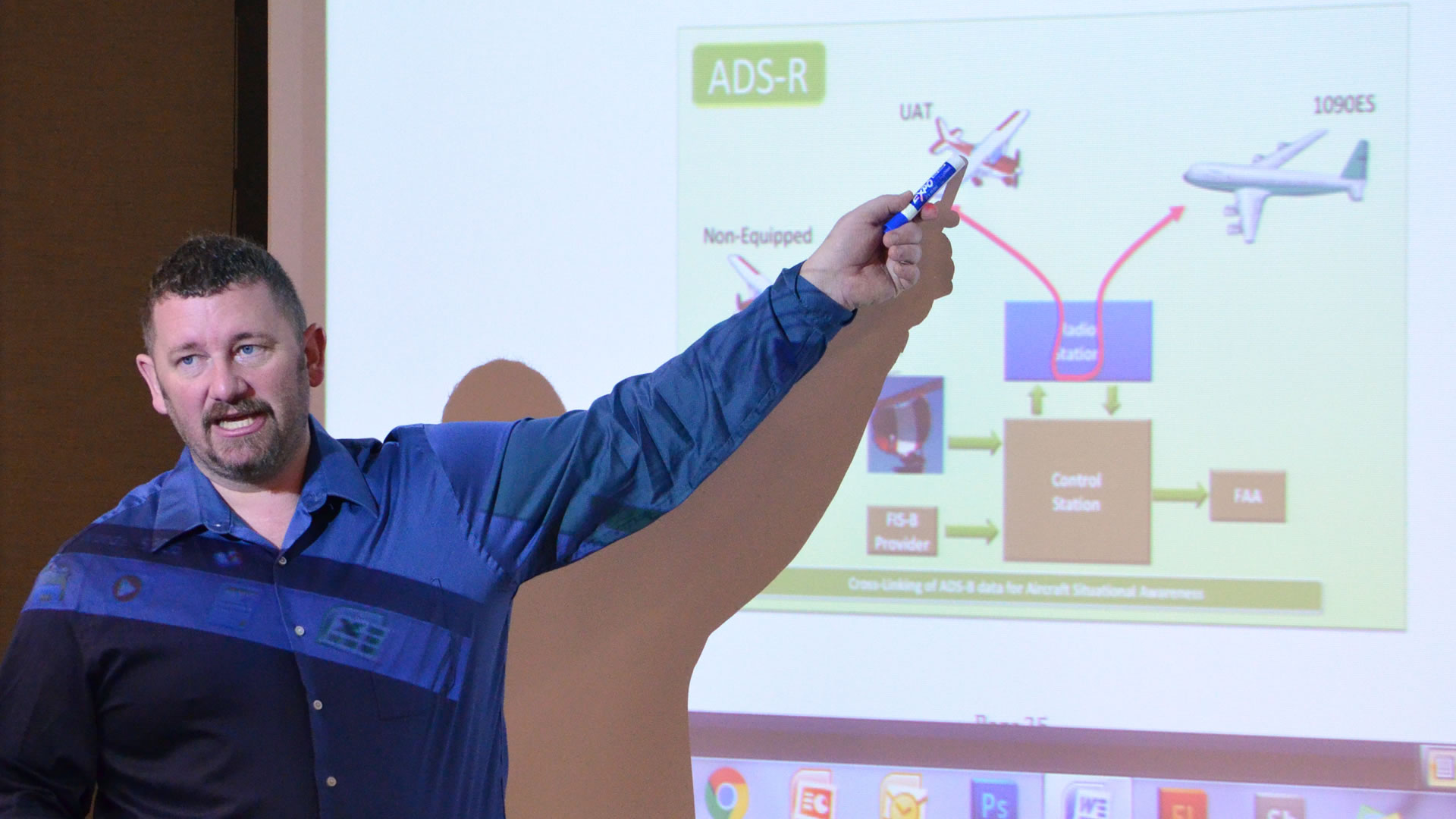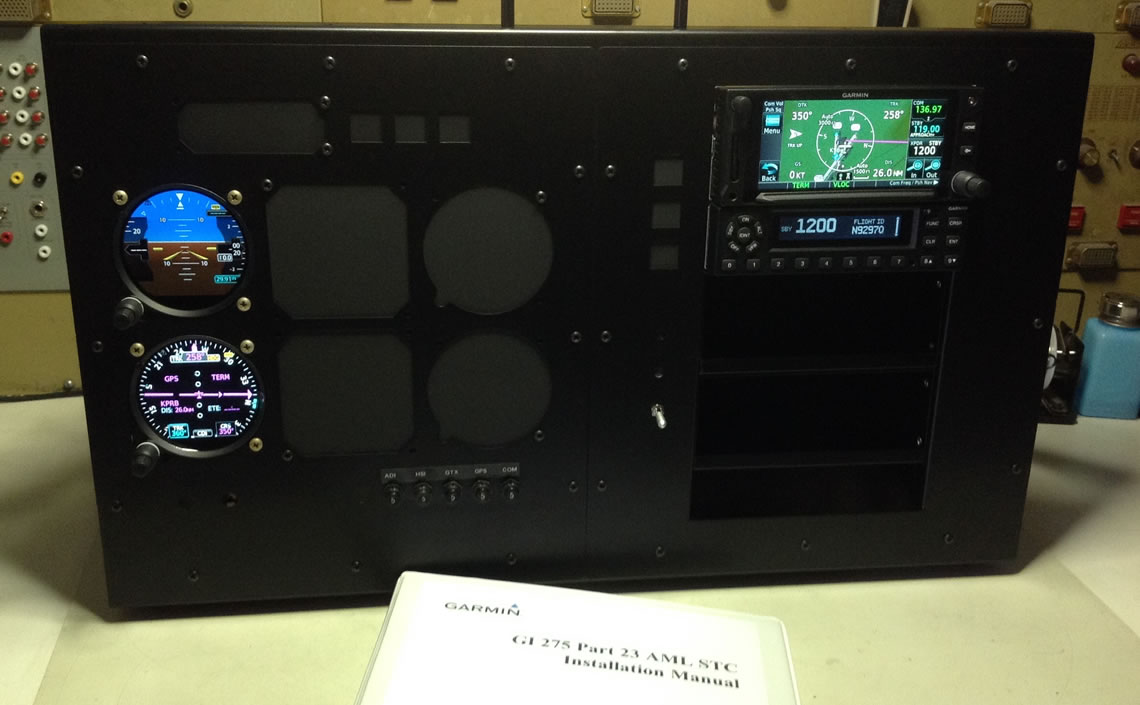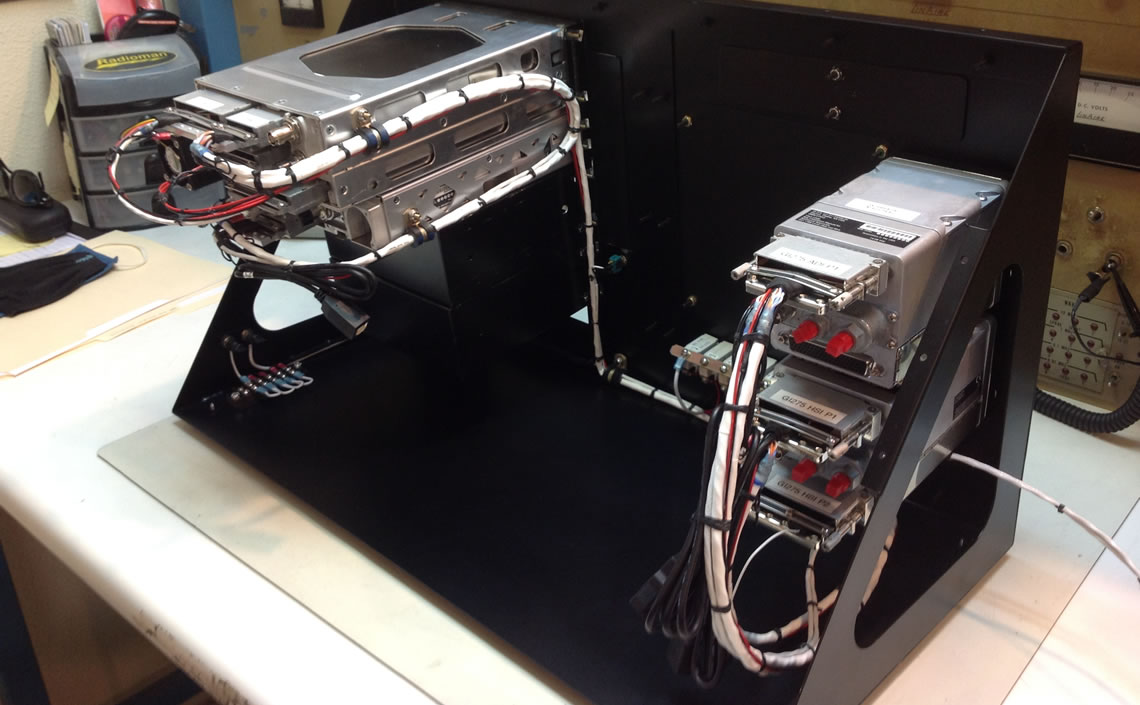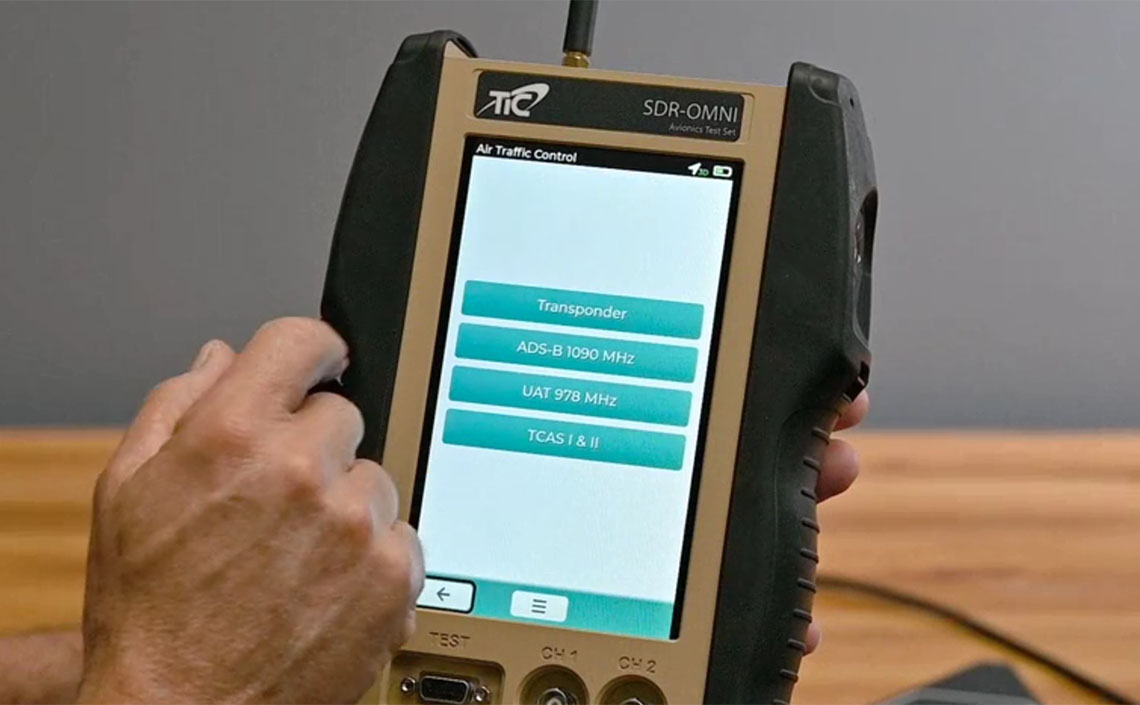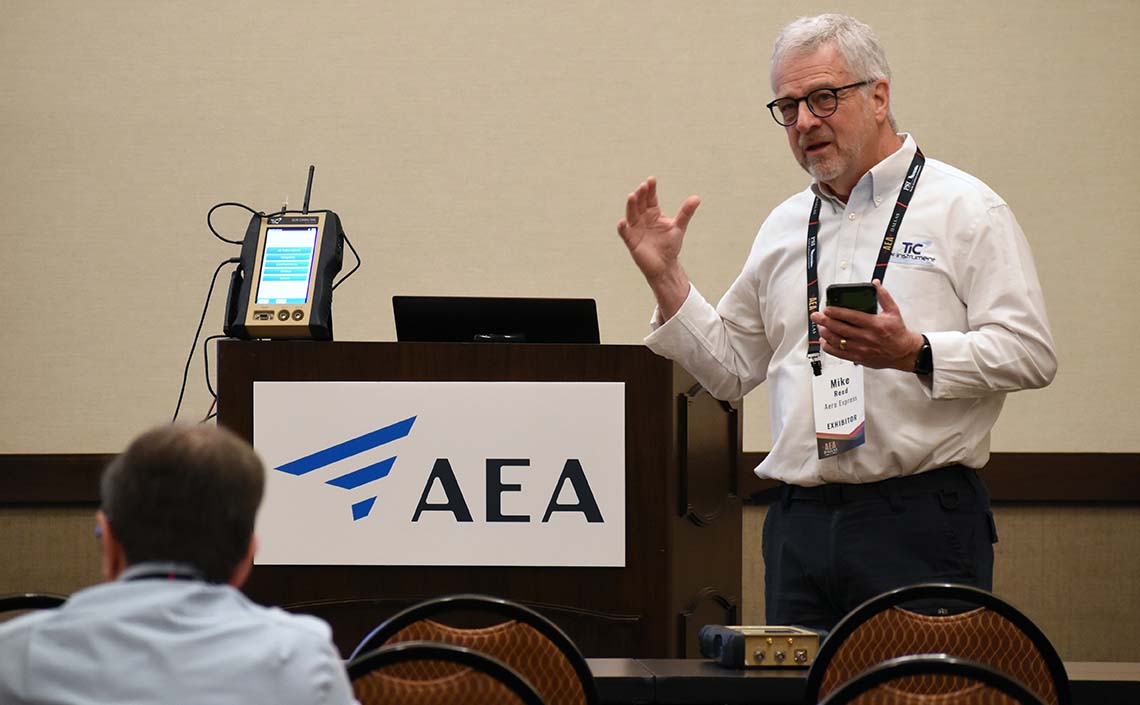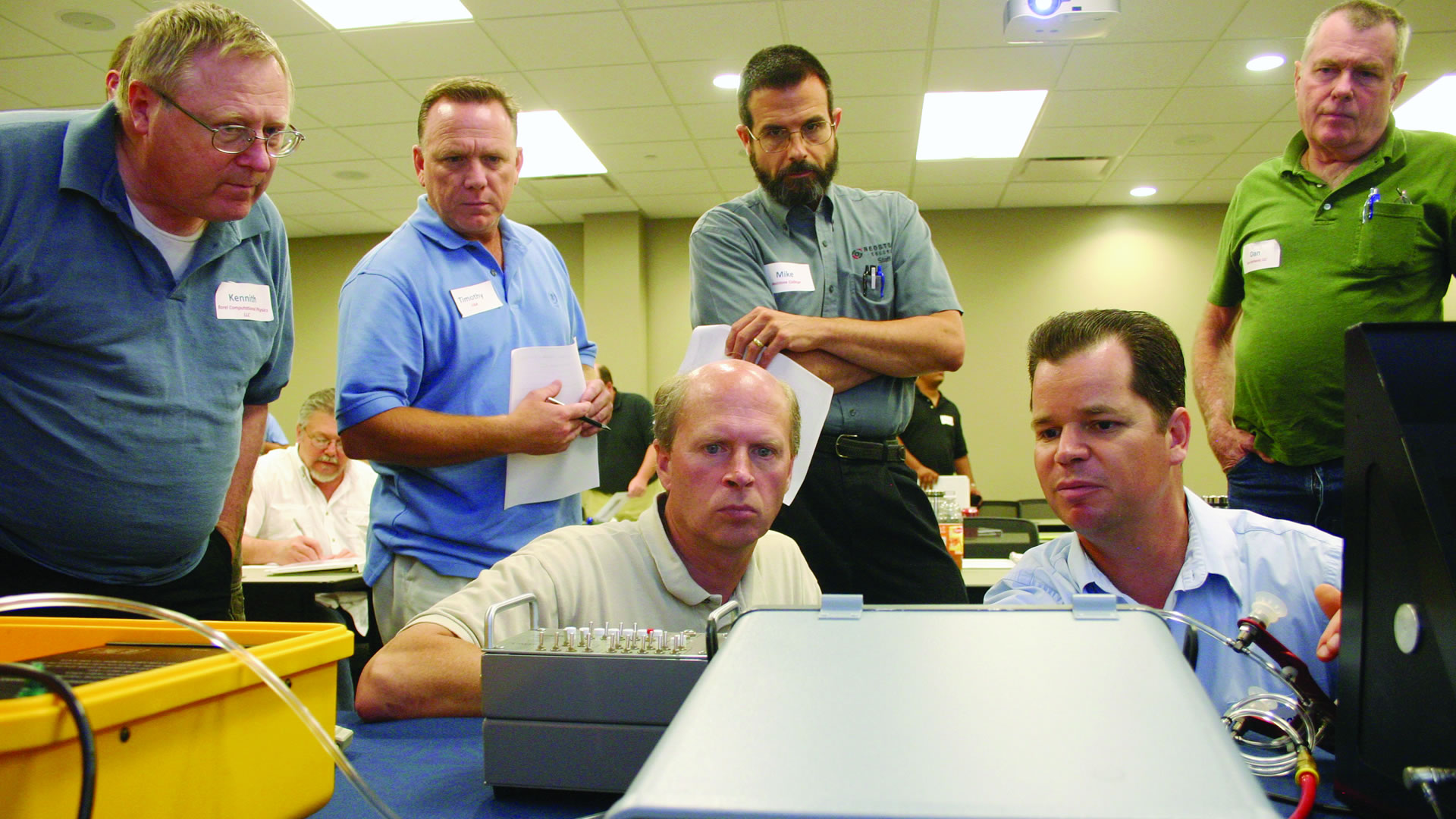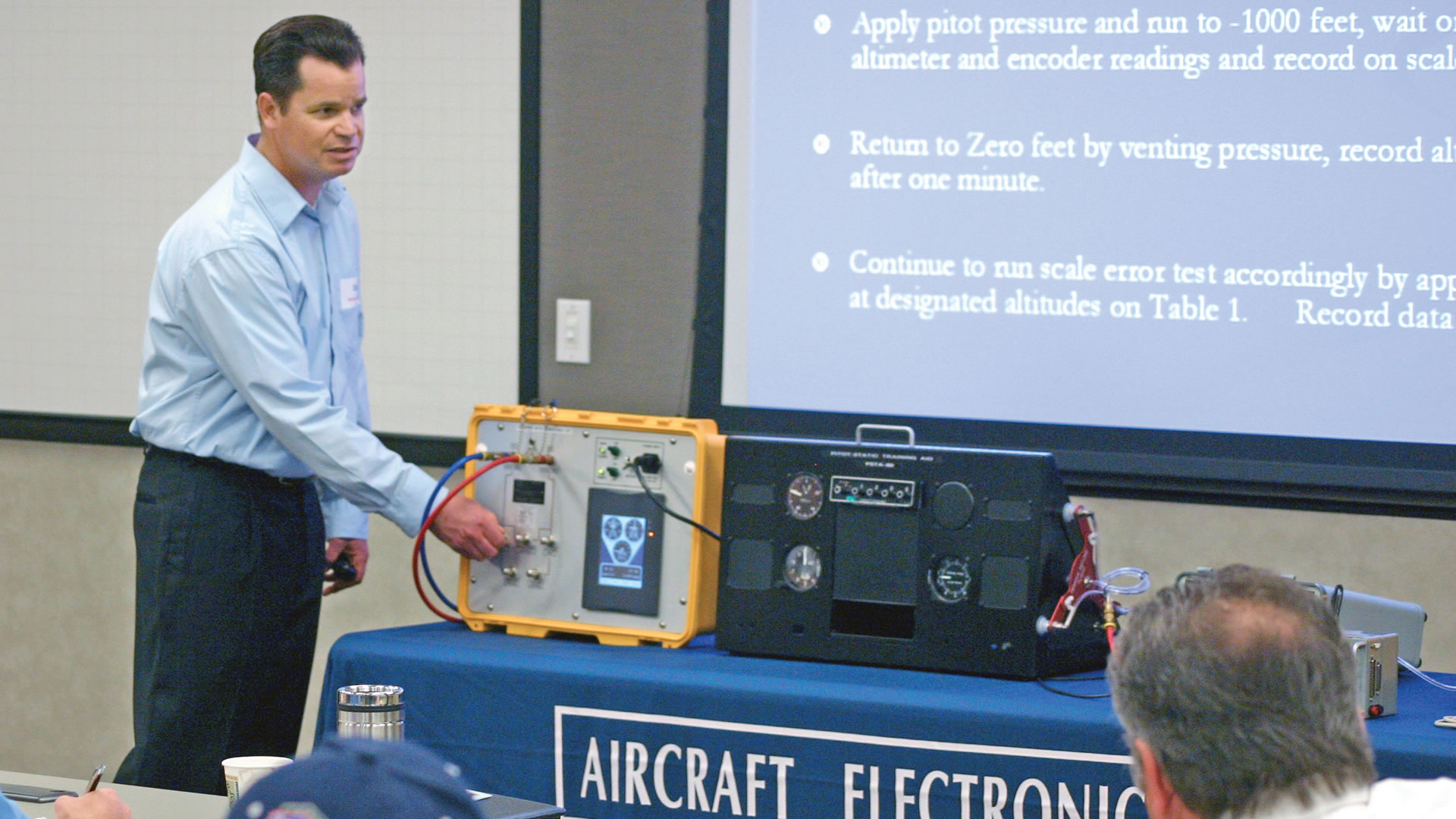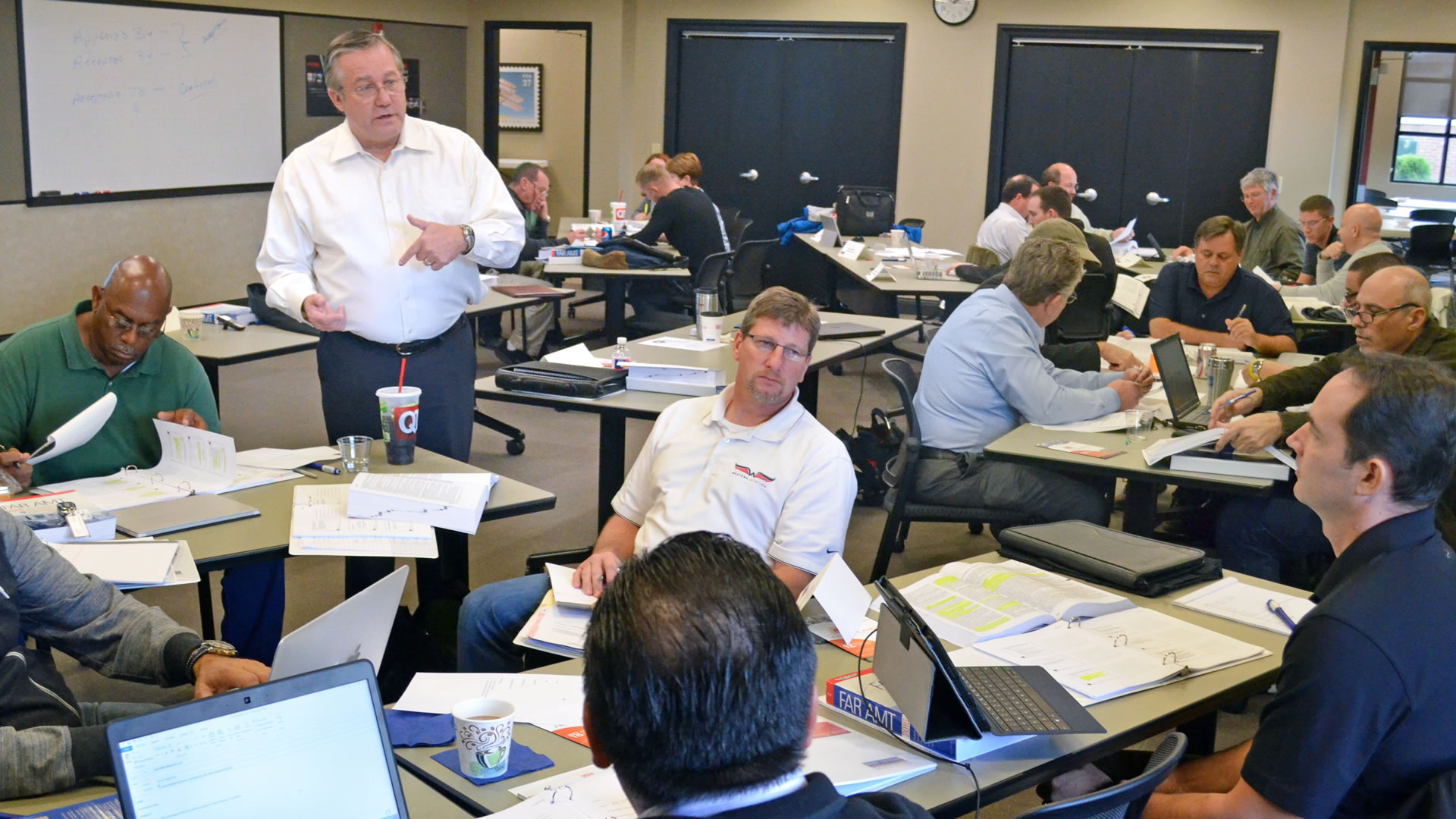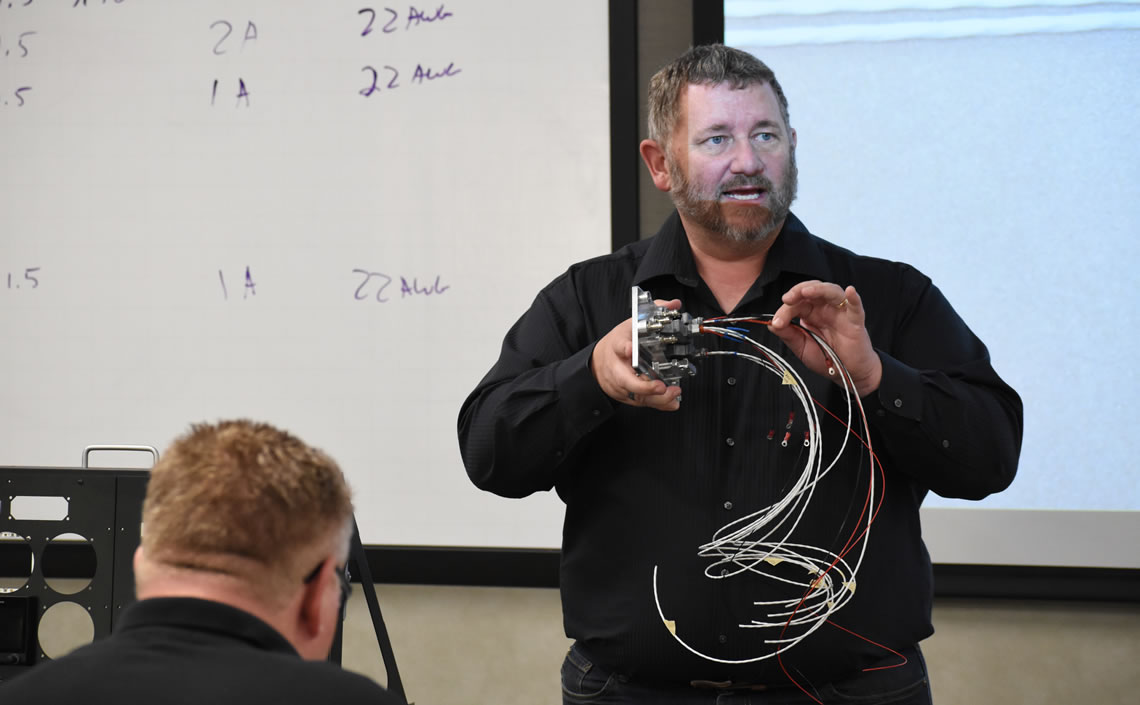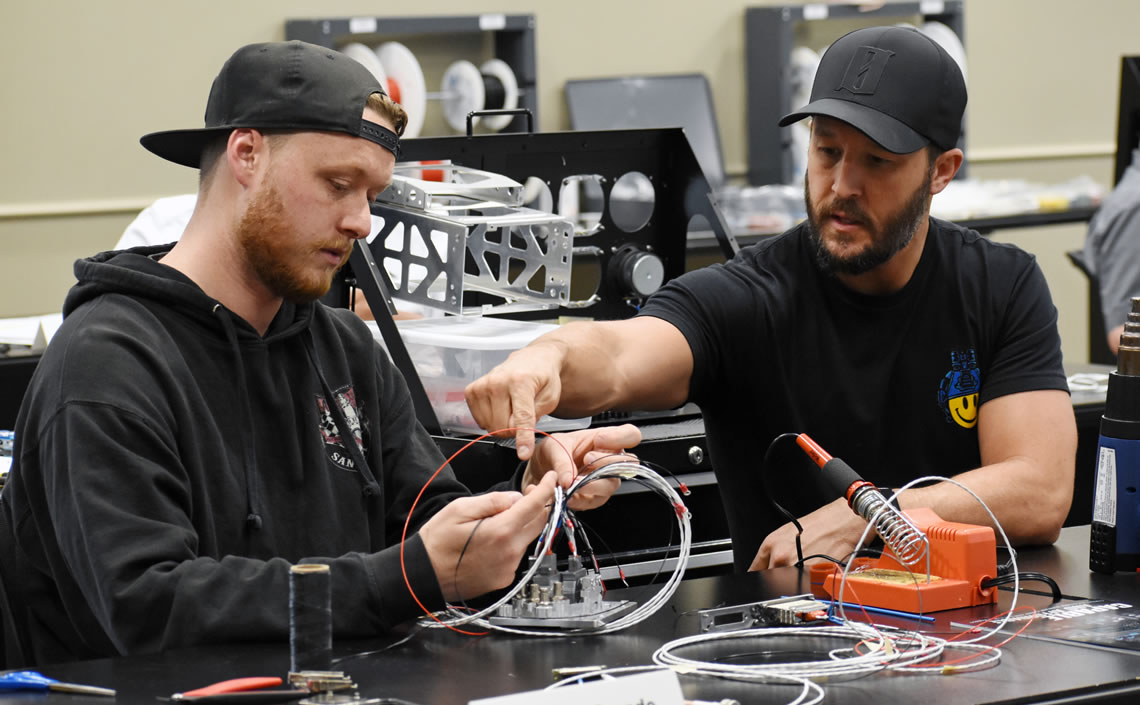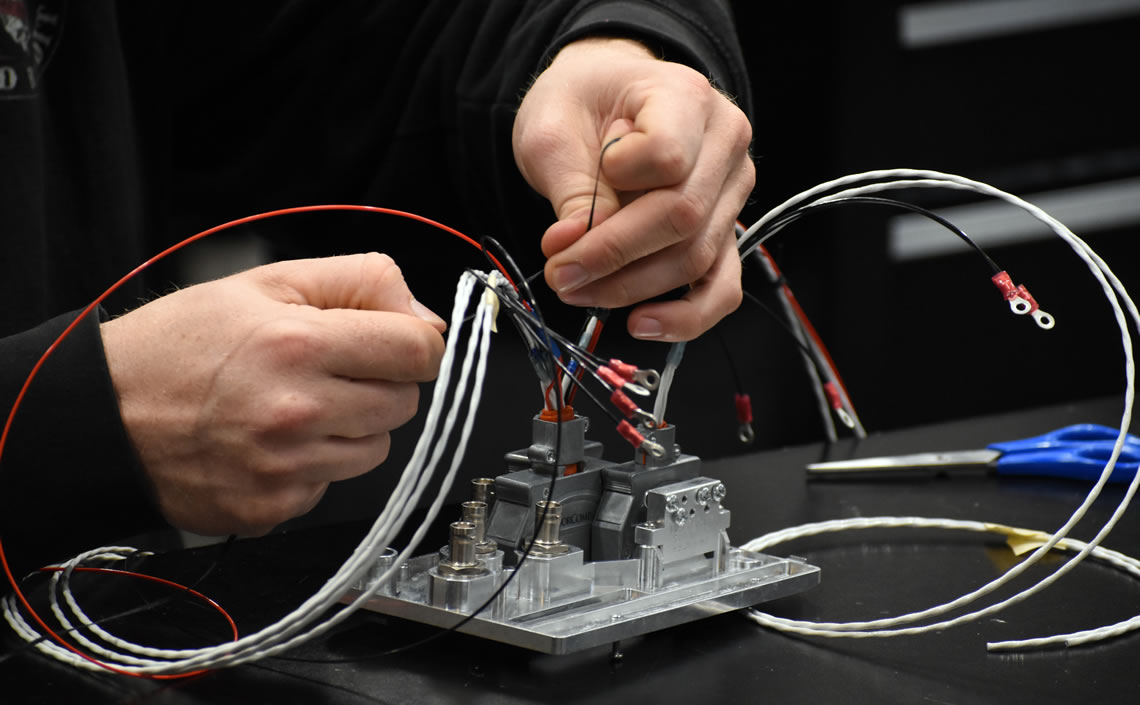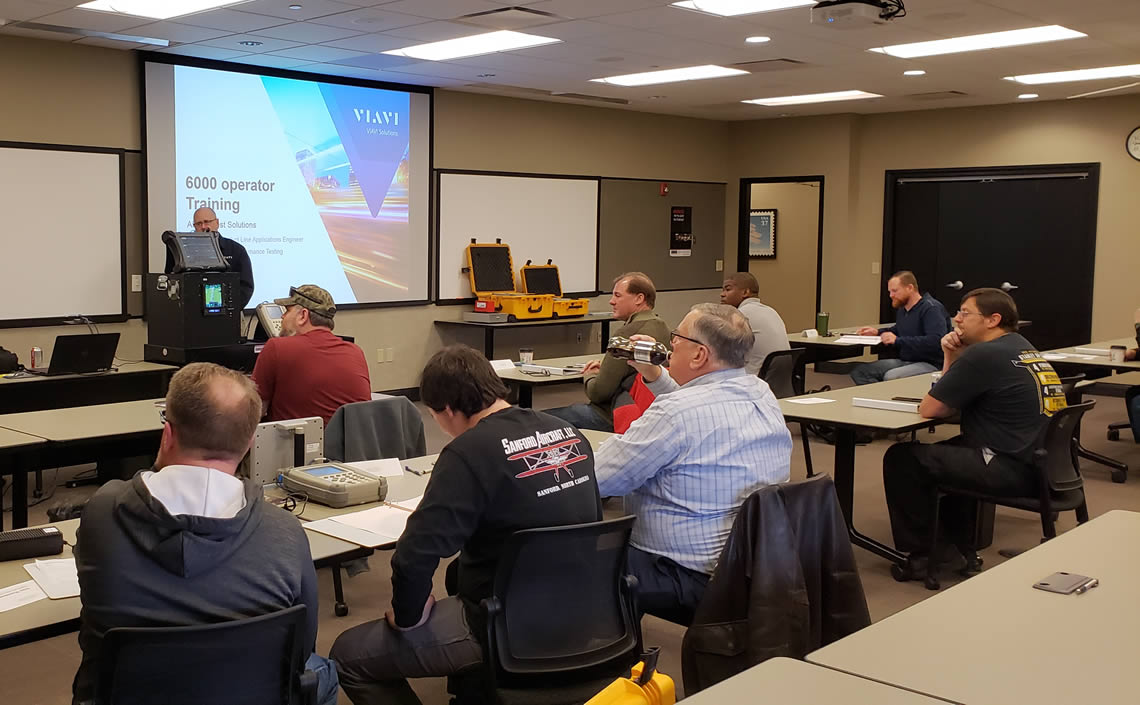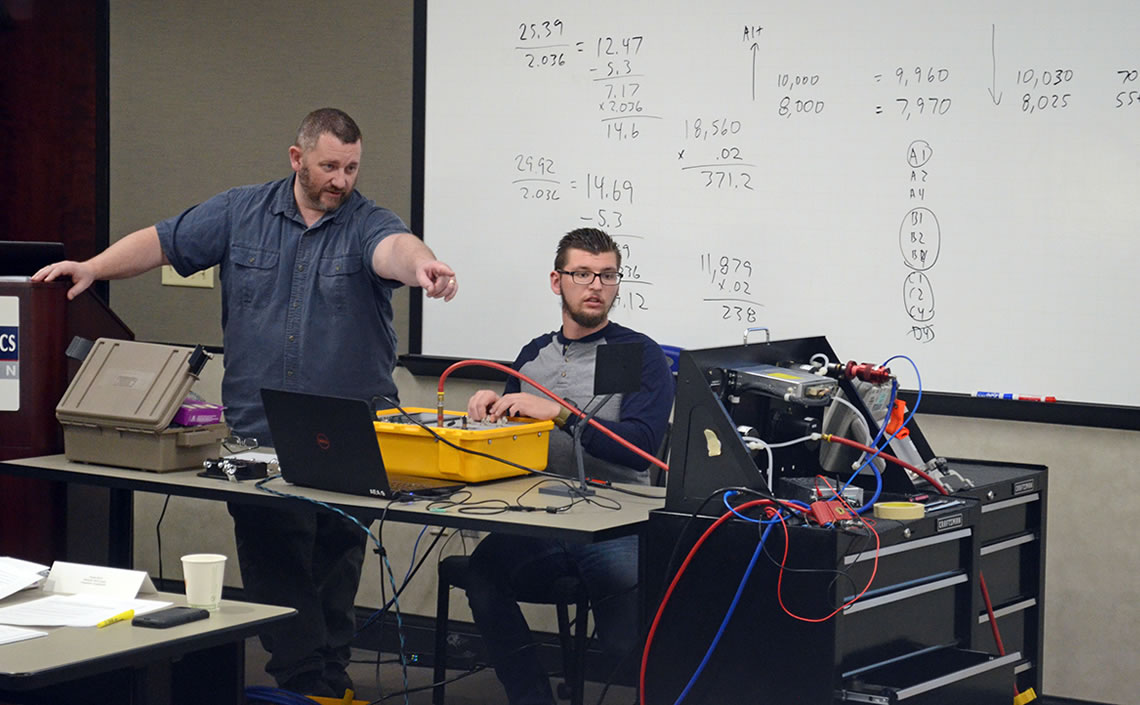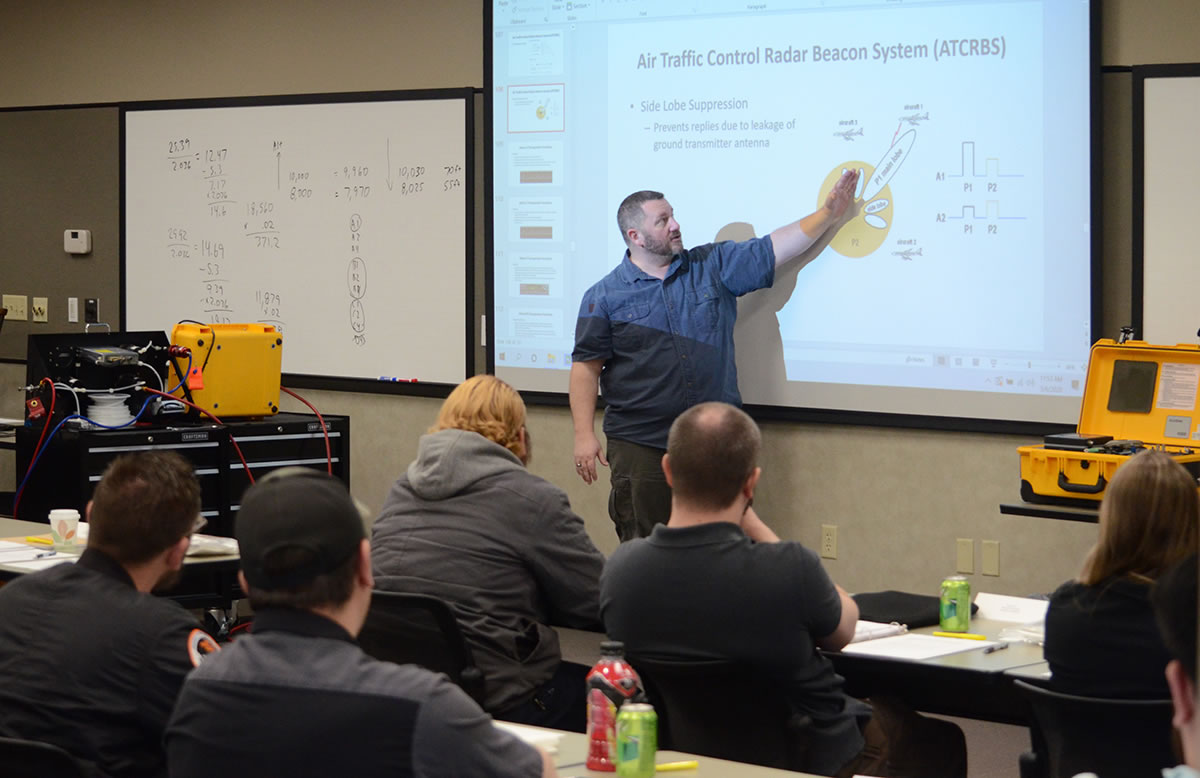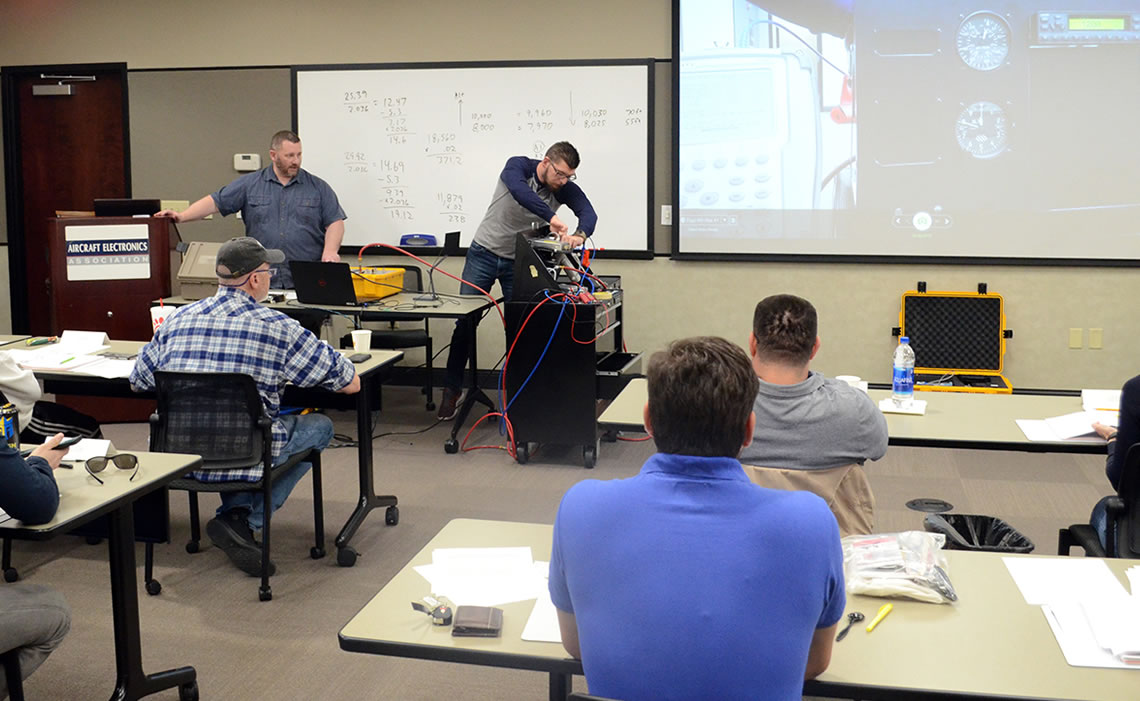VIRTUAL-LIVE COURSE
As today’s modern airplanes become much more technologically advanced, so must the professionals that maintain them. The advanced avionics and instrumentation systems used in these aircraft rely on various forms of digital databus communication. Understanding digital databus theory is becoming more and more important for avionics technicians, and even A&P mechanics, to effectively test and troubleshoot these highly advanced aircraft systems.
Presented by: Azimuth Aerospace Solutions LLC - Bio
Course Goals:
- Digital Databus Theory and Analysis explores several formats of digital data transfer protocols commonly used in aviation RS-232, RS-422, ARINC 429, and an introduction to the MIL-STD-1553 databus.
- Learn integration and wiring considerations for each of these databuses in aircraft installations.
- ARINC 429 word and bit structure
- How to use both a handheld and PC-based databus reader
- Students will be able to read the data being transmitted on a digital databus and interpret the data into useful information.
Virtual Course:
- This course will be presented live online.
- After registering, attendees will be emailed the information needed to connect.
- Attendees will be emailed the course materials in digital format.
- Attendees are required to connect with a web camera.
Timothy D.
5
Good course to understand the building blocks of data bus for troubleshooting purposes.
Luke P.
5
This is a great course to help you better understand the inner workings of databus lines.
MATT W.
5
Great for intro to avionics, whichever direction you wish to fly! (Copyright 2024, Matt Wein )
Igor H.
5
Must attend if you have any plans to work with databuses and aircrafts.
Paul P.
5
Great course to get you familiar with Databus Theory.
Lex T.
5
I learned exactly what I needed to know.
Carrie F.
5
Well worth your time to get a deeper look behind the data. Could save your shop time and money with just a little deeper look into the data.
Jean-Marc L.
5
Specify that a major part of the training will be dedicated to decifer ARINC labels, binary, hex, octal numbers.
Venessa D.
5
It is a good class for both avionics designers and installers.
Johnathon L.
5
Great class. Very informational on canbus and how to read them.
Benjamin M.
4.6
This class is helpful for those with limited knowledge or no experience with data buses to acquire a good general overview of databuses and their use in aviation. The primary audience the course would appeal to is technicians who want to move past installs and better understand the systems they are working on. For my level of experience, I found it helpful to see how to present this knowledge, and I would recommend my junior technicians take it
Christopher K.
5
Brush up on binary code ahead of time, lol! Lot of math, but it ties in well with understanding the data usage in actual troubleshooting.
Brian D.
5
Very informative class that is presented in an approachable manner.
Yerko L.
5
It is definitely a good course to start troubleshooting communications between airborne equipments.
JORGE O.
5
TAKE THE COURSE, RIGHT NOW...!
Elijah D.
5
Take this class asap
Maddison B.
5
Great way to build an understanding of Databus systems.
Susan H.
5
William always knows his subject, but his explanations and examples for the databuses and the decoding were exceptional.
Brett R.
5
Great overview of data bus systems with practical application.
Jeff W.
4.8
Great basics for someone just starting to learn.
Ian B.
4.8
Explanation of databus protocols, how to convert different number systems, how to operate databus analyzer tool
Jay V.
4.8
Course provides good insight into the digital data we're all having to deal with.
LUIS M.
5
A course beneficial for any avionics technician, that should be taken for a deep dive into digital databus language
Scott H.
4.8
Good course helps with understanding Data Bus Theory
Mathew K.
5
If you are curious about data buses and troubleshoot modern aircraft for a living, you should definitely take this class.
Louis R.
4.6
id say its well worth the time and the information is priceless
Mari B.
5
Great, easy to understand course, gave a good understanding of what the different data transfer types really entails. I have a better understanding of why different data wiring are used between equipment now!
John L.
5
Very informative
Manuel V.
5
Taking this course is WAY better than reading a textbook that will put you to sleep. I strongly recommend it.
LEO K.
5
Great class for general knowledge of the different databus protocols, especially really understanding 429.
Larissa P.
4.6
a must have for every avionics tech and installer!
Stuart R.
4.6
Expect good information but heavy on math and light on real world application
Austin H.
5
The more you know, the easier troubleshooting gets. Being that the ARINC 429 is communicating with all of your avionics, this course is providing the ground work for you to essentially diagnose any fault in any system.
Jim P.
5
This course provides detailed information n how to interpret raw 429 Data
Jason T.
5
Good to troubleshoot & learn in depth avionics
Ryan P.
5
Be sure to have a small amount of familiarity with DD
Andrew M.
5
Great in-depth training for someone who wants to understand better the systems we work with every day.
Justin C.
5
A fantastic deep dive on the "gibberish" I see on the GTN 429 diagnostics. I can speak the language now.
David S.
5
Great - Will recommend my other employees to attend.
Corey R.
4.2
This knowledge is perfect for really expanding capabilities into avionics
Chandler F.
5
Great class, I learned an incredible amount about databus and how computers communicate.
Michael W.
5
Very informative
JuliAnne M.
5
This class was intimidating, but it shouldn't have been. William made everything easy to understand.
Kenneth M.
5
Great course. Worth the time.
Javier Q.
5
Take this information
Ludwig Nicholas L.
5
Excellent primer to material toward a working understanding to otherwise complicated material.
Courtney M.
5
Excellent class, worth taking.
Other Upcoming Courses
Avionics Installation for Experimental Aircraft
This course is targeted for the home builder or avionics technician who wants to learn about performing an avionics installation in an experimental aircraft. The class focuses on the Garmin G3X Touch system, and a simplified example harness is constructed as part of the hands-on portion of the class. While the G3X Touch system is the primary focus, the wiring principles and general guidance can be applied to any experimental avionics system. From the do-it-yourselfer to the avionics shop looking to carve out a niche, this class has something for everyone.
Safety Management System Coordinator Training
VIRTUAL-LIVE COURSE
Risk management is a vital element of any successful business. Whether driven by best practices or responding to a regulatory requirement, the AEA has your solution. Leveraged by the 900-strong repair station membership, the AEA developed a proprietary SMS program designed specifically for maintenance organizations. This program is currently used on every continent. The AEA has been coordinating with the Federal Aviation Administration and Transport Canada Civil Aviation, as well as discussions with the Australian government's Civil Aviation Safety Authority and the European Union Aviation Safety Agency, for future acceptance.
Introduction to DO-160 Qualification
Aircraft Instrument Systems
VIRTUAL-LIVE COURSE
This course is designed for avionics technicians or apprentices who want to learn more about aircraft instrument systems and better understand their operation, installation considerations, and maintenance to become more effective troubleshooters. From simple mechanical gauges to complex electrical and electronic systems, this course covers nearly every instrument system in an aircraft.
Advanced Avionics Installation & Configuration
Technicians will learn how to plan, install, interface, configure and check out an installation of a primary flight display, EHSI and GPS/Nav/Com consisting of dual Garmin GI 275, a Garmin GTN 650 touch screen, and a Garmin GTX 345 transponder. Designed for technicians who have experience with avionics installation practices and are looking for more training integrating common general aviation installations.
FAA Accepted 8 Hours - Course # C-IND-IM-240801-K-022-0006
SDR-OMNI Operations Training
Pitot-Static, Transponder, RVSM, and ADS-B: Testing & Inspection
Attendees will learn the proper methods for conducting pitot-static and transponder tests and inspections. This two-day course offers a regulatory review and an explanation of the proper administrative procedures for completing these critical certifications. Preparing and performing RVSM inspection tasks. ADS-B session covering installation, wiring and return to service review.
FAA Accepted 8 Hours - Course # C-IND-IM-170106-K-010-005
Certified Repair Station Training
This weeklong course provides an interactive environment to learn, understand and implement the regulations that govern repair station design and operations.
FAA Accepted 5 Hours - Course # C-IND-IM-180621-K-010-001
Basic Wiring & Avionics Installation
The Basic Wiring & Avionics Installation course is designed for certificated repairmen, new avionics technicians, aviation maintenance technicians and recent graduates interested in improving or acquiring the skills necessary to perform avionics installations. This three-day seminar employs in-depth theory and hands-on lab exercises to immerse the attendee in the best practices used to plan, manage, and install a general aviation avionics panel. Installation lab includes: Avidyne IFD540 FMS/GPS Navigator, Garmin G5 Electronic Flight Instrument & GAD 29 ARINC 429 data bus module, PS Engineering PMA8000BT Audio Panel and Trans-Cal SSD120-35C-RS-232 Altitude Encoder
FAA Accepted 8 Hours - Course # C-IND-IM-161028-K-010-002
AVX-10K & IFR6000/4000 Operations Training
This course is designed to provide maintenance personnel with the knowledge and skills required to operate and configure IFR6000 & IFR4000 to verify and maintain transponder, UAT, TCAS, DME, ILS, VOR, Comms and ELT. Plus a complete review all features and benefits of the AVX-10K Flight Line Test Set with emphasis on testing transponder (Mode S and ADS-B In/Out), UAT, TCAS and DME.
Basic Pitot-Static & Transponder Theory, Testing & Troubleshooting
The Basic Pitot-Static & Transponder course is designed for entry-level avionics technicians or those looking for basic training on pitot-static & aircraft transponder systems. This two-day course covers the history and theory of operation of pitot-static instruments and transponders, as well as system set-up, hands-on testing, and the troubleshooting skills necessary to perform FAR 91.411 and 91.413 checks.
FAA Accepted 8 Hours - Course # C-IND-IM-240718-K-022-0011

